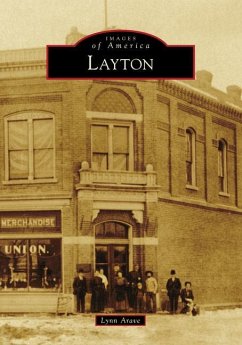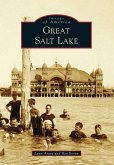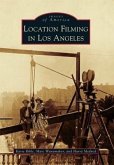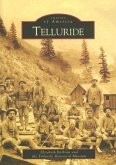Layton was settled in 1850 by pioneers in the Church of Jesus Christ of Latter-day Saints. An outgrowth of Kaysville, Layton separated in 1902 following a 20-year legal battle. The city incorporated in 1920. The Layton Sugar Plant opened in 1915, and the town was an agricultural and ranching hub until 1941, when the United States entered World War II. In less than 10 years, by 1950, Layton's population had tripled, mainly because of Hill Field, a US Air Force maintenance base. Today, Layton is the largest city in Davis County and a regional retail center, anchored by the Layton Hills Mall. It is well known for its "Restaurant Row;" Commons Park, which boasts an extensive collection of lighted animal figures during the holidays; the Ed Kenley Amphitheater; the Adams Canyon trail; and much more.
Hinweis: Dieser Artikel kann nur an eine deutsche Lieferadresse ausgeliefert werden.
Hinweis: Dieser Artikel kann nur an eine deutsche Lieferadresse ausgeliefert werden.








